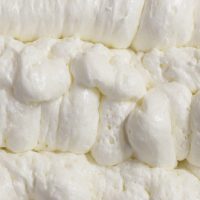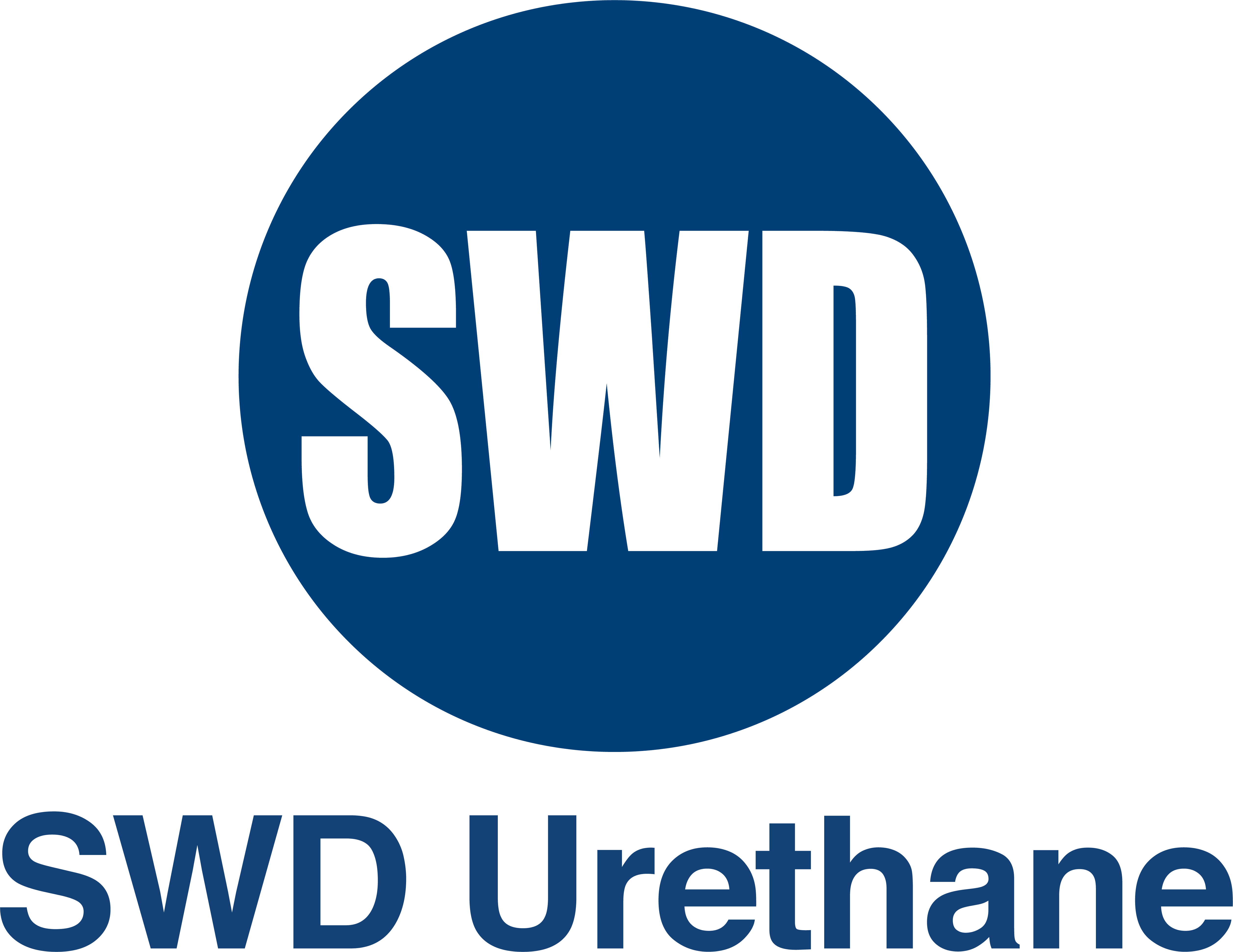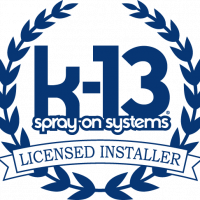 Insulationis a critical component of any building, as it helps to regulate temperature, reduce energy consumption, and increase comfort. Over the years, insulation materials and techniques have evolved significantly, leading to more efficient and effective insulation solutions. In this blog post, we will explore the evolution of insulation and the different types of insulation materials available today.
Insulationis a critical component of any building, as it helps to regulate temperature, reduce energy consumption, and increase comfort. Over the years, insulation materials and techniques have evolved significantly, leading to more efficient and effective insulation solutions. In this blog post, we will explore the evolution of insulation and the different types of insulation materials available today.
1. Early Insulation Methods:
In ancient times, natural materials such as straw, animal hides, and straw were used for insulation. These materials provided some level of heat retention, but their insulation properties were limited. As time went on, builders started using materials like mud, clay, and stone to construct thicker walls for better insulation. However, there was a lack of awareness and understanding of insulation as a crucial aspect of building design.
2. Traditional Insulation:
With the advancement of technology, traditional insulation materials like fiberglass and mineral wool emerged. Fiberglass insulation consists of fine glass fibers that are woven together, providing a layer of air pockets. These pockets trap heat and create a thermal barrier. Mineral wool, on the other hand, is made from rock, slag, or glass fibers and offers similar insulation properties. These materials became popular due to their affordability, easy installation, and fire-resistant properties.
3. Spray Foam Insulation:
Spray foam insulation revolutionized the insulation industry. It is a mix of two chemicals that, when combined, expand and solidify, creating a foam-like substance. Spray foam insulation offers superior thermal insulation, air sealing, and moisture control. It can be applied to various surfaces, including walls, floors, and roofs. The foam expands to fill gaps and cracks, providing a seamless and airtight insulation barrier. Spray foam insulation also has soundproofing benefits and can improve indoor air quality by reducing the infiltration of pollutants and allergens.
4. Reflective Insulation:
Reflective insulation is a type of insulation that uses reflective materials, such as aluminum foil, to reflect radiant heat. It is often used in attics, walls, and roofs to reduce heat transfer from the sun. Reflective insulation can help to keep the interior of a building cool during hot summer months, reducing the need for excessive air conditioning. It is particularly effective in climates with long periods of hot weather. This type of insulation works by reflecting heat away from the building rather than absorbing it like traditional insulation materials.
5. Eco-friendly Insulation:
In recent years, there has been a growing demand for eco-friendly insulation materials. These materials are made from renewable resources and have a lower environmental impact. One example is cellulose insulation, which is made from recycled paper products. Cellulose insulation provides excellent thermal performance, sound absorption, and fire resistance. Another eco-friendly option is sheep’s wool insulation, which is a renewable and biodegradable material. Sheep’s wool insulation offers excellent thermal insulation properties and is naturally resistant to fire, moisture, and pests.
6. Advanced Insulation Systems:
With advancements in technology, insulation systems have become more sophisticated. One example is vacuum insulation panels (VIPs), which are ultra-thin and highly efficient. VIPs consist of a core material enclosed in a vacuum-sealed panel. This vacuum reduces heat transfer by eliminating air molecules, making them excellent insulators. Vacuum insulation panels offer high thermal performance, allowing for thinner insulation layers and increased usable space. They are commonly used in high-performance buildings and applications where space is limited.
Summary
The evolution of insulation has seen significant advancements in terms of materials and techniques. From early natural materials to modern advancements like spray foam insulation and reflective insulation, there has been a continuous improvement in insulation properties and performance. The emergence of eco-friendly insulation materials and advanced insulation systems further adds to the range of available options. As builders and homeowners strive to reduce energy consumption and create more sustainable environments, choosing the right insulation material becomes crucial. Proper insulation not only helps to reduce energy costs but also contributes to a comfortable living or working space.
Need Insulation in Petaluma, CA?
Since 2001, Ace Insulation Inc. has been your premier insulation experts. We take pride in being locally owned and operated as well as offering high-quality service. We specialize in the installation of insulation. Whether you are building a new home or renovating your existing space, we are the place to call. We have many materials to choose from, including fiberglass and spray foam. If you are looking for high-quality work, call us today to schedule your next consultation!


